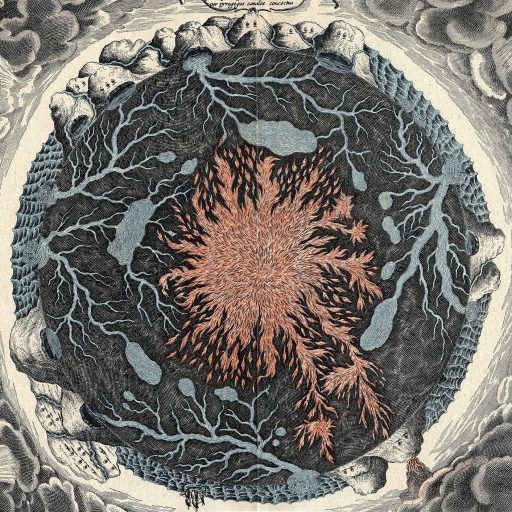The posthuman search for ‘actual’ eternal life seems the opposite of the argument of this unhelpful book, imo https://thewastedworld.wordpress.com/2018/11/24/dissolution-decay/ https://paper.li/e-1437691924
In closing, I wish to make some final remarks on the purpose of theorising a Posthuman Gothic. Far from being the joyous celebration of vitality, agency, and connection most touted by its proponents, under the Gothic sign the Posthuman takes on a far more ambivalent character. The Gothic looks to a world beyond us—even without us, or at least not for us—and so without knowing it, the Posthuman and the Gothic are already intertwined. Both look outside the human to the weird amalgamations of body and machine, spirit and dirt, and the eerie influences of systems far greater than we may know. The Posthuman project is twisted up not only in Gothic categories and aesthetics, but Gothic commitments: it displays a mixed fascination with the spectres of the past while looking to a future wrenched free from the decayed laws of the dead.
The Posthuman Gothic stands at a crossroads. On the one hand it sees the deep past emerging into the near future, as circuits of matter, whether technological or earthly, put to rest the myth of the autonomous human subject. On the other, it balances the experience of utter privation and dehumanisation with the escape from human finitude. Two angles arch away from the human, into that liminal space occupied by the Gothic, which keeps one foot grounded in the human, while the other hangs over the precipice. In short, the Posthuman Gothic makes known its haunting by a human past to better cast itself into futures more or less joyous, and more or less terrifying. Here the mixed feelings of the Gothic seep through the framework of the Posthuman. The Posthuman Gothic recognises that “there is an enjoyment in seeing the familiar and the conventional become outmoded,” and that it is only in the death of the present that other futures may be imagined (Fisher 2016, 13).
Bibliography.
